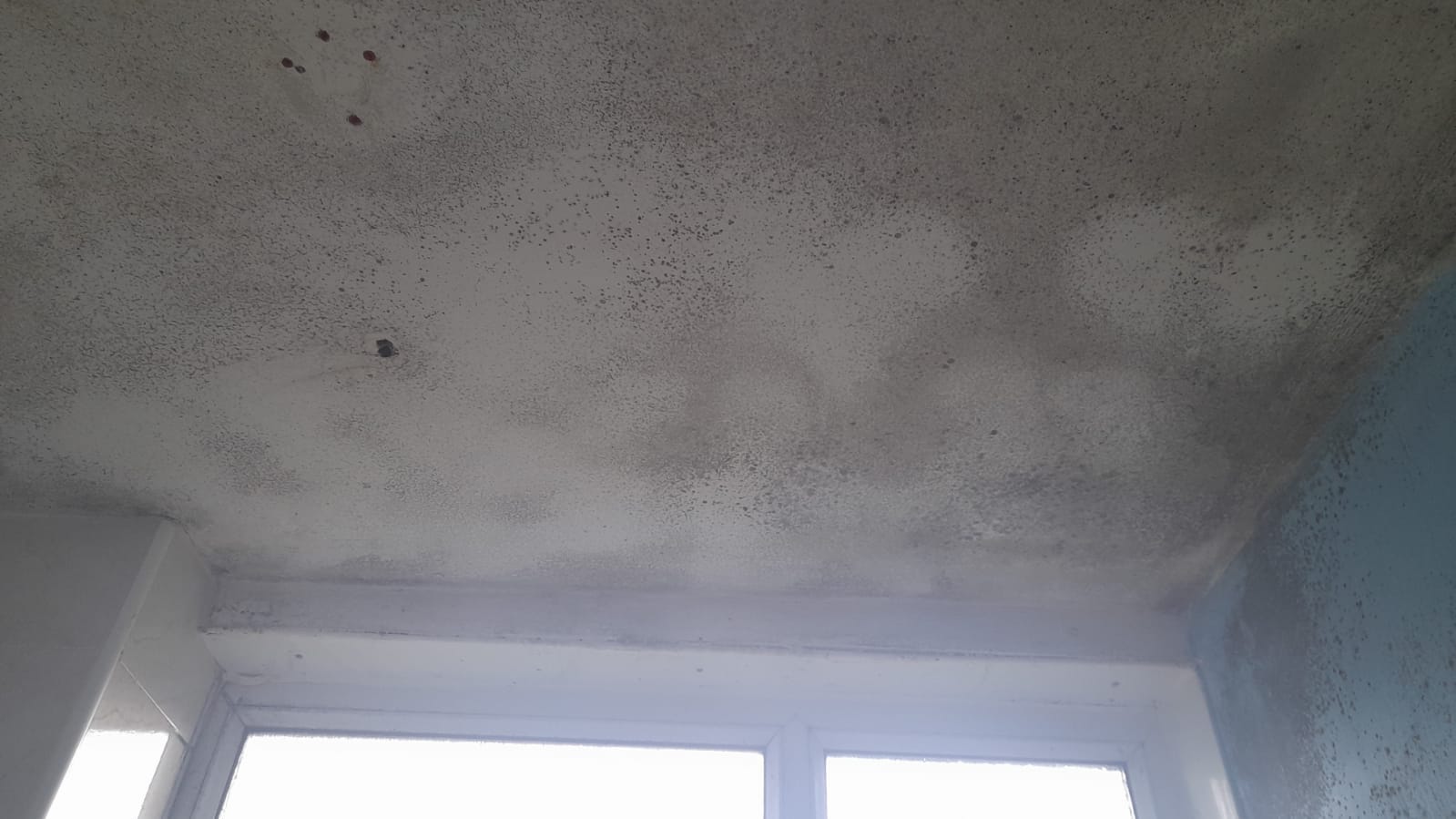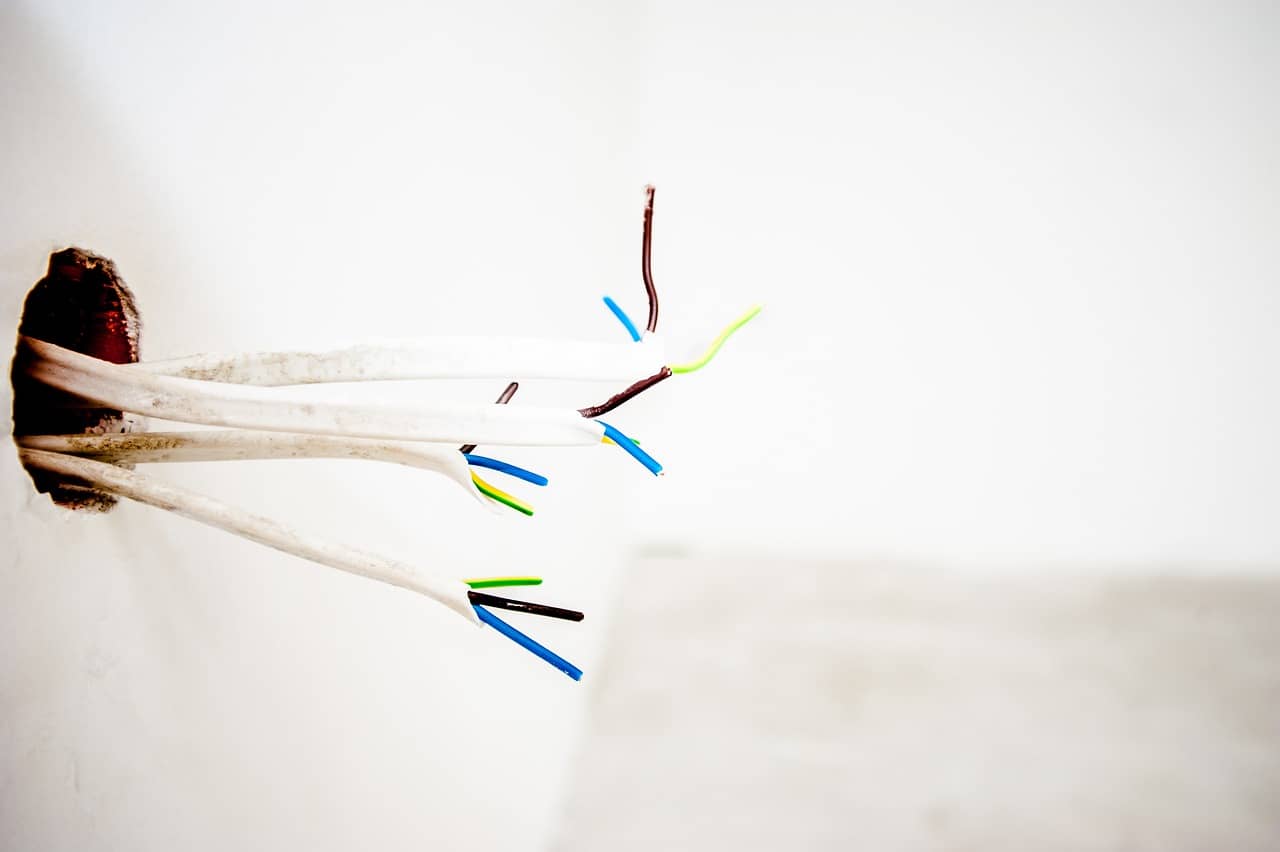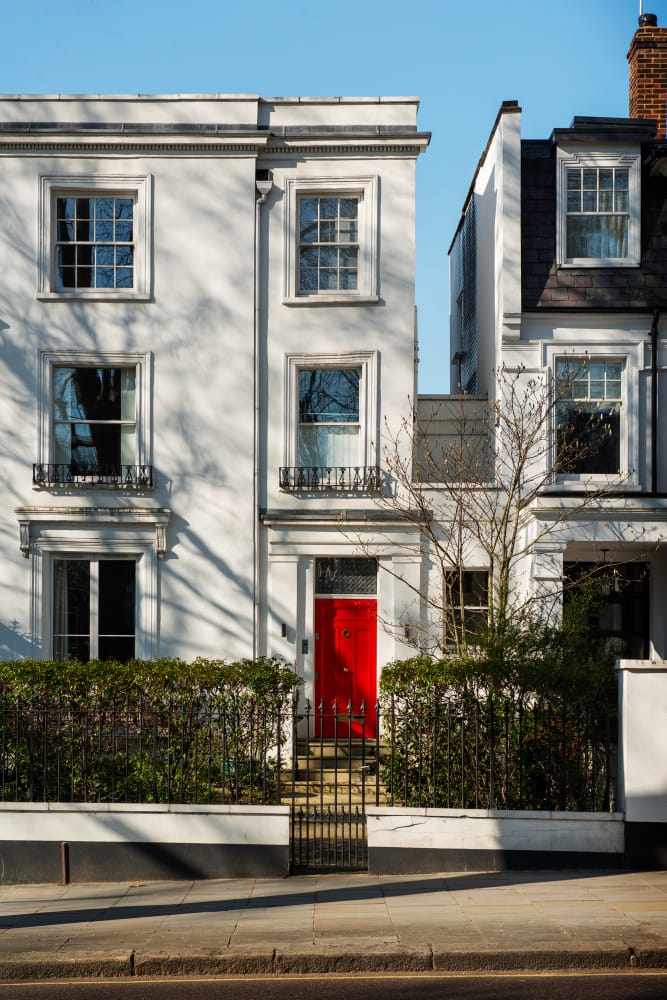In the world of social housing, where communities thrive and people find solace, there exists a hidden challenge that often goes unnoticed until it’s too late: the intertwining menace of dampness and electrical wiring, and how this can lead to serious housing disrepair. As we delve into the heart of this issue, we’ll uncover the subtle dangers, the problems arising from mould infestations, and most importantly, the precautions that can safeguard these social havens.
Understanding the Menace: How Damp Affects Electrical Installations
Picture this: the cosy warmth of a home, the laughter of children echoing through the walls, and the hum of electrical appliances making life convenient. Now, add a silent intruder to this scene — dampness. The keyword we’re exploring, “Damp and Electrical Wiring,” is not merely a casual pairing of terms; it can lead to serious consequences.
Dampness, often a result of inadequate ventilation or water ingress, has a knack for seeping into the nooks and crannies of social housing. As it infiltrates the walls, it doesn’t discriminate, affecting not only the structural integrity of the building but also posing a significant threat to the electrical wiring within. The correlation between dampness and electrical issues lies in the water’s ability to compromise the insulation of wiring.
Here’s the science: when water finds its way into the wiring, it acts as a conductor, altering the intended flow of electricity. This interference can lead to short circuits, electrical shocks, or even, in extreme cases, fires. It’s a silent adversary, lurking behind the scenes until the moment it decides to make its presence known, often with disastrous consequences.
Peeling Back the Layers: The Problems with Mould in Social Housing
Now, let’s shift our focus to another accomplice in this saga: mould. Mould and dampness are inseparable companions, and when they join forces, the problems escalate. Mould, a visible manifestation of excessive moisture, not only mars the aesthetics of a dwelling but also poses health risks to its occupants.
In social housing, where the responsibility to provide safe living conditions is paramount, the presence of mould is a cause for concern. Beyond the unsightly appearance on walls and ceilings, mould releases spores into the air, triggering respiratory issues and allergies. The occupants of social housing, often vulnerable communities, are at an increased risk of health complications due to prolonged exposure to mould.
Mould growth around wiring not only exacerbates the risk of electrical issues but also introduces an additional layer of danger. As mould thrives in damp conditions, it finds an ideal breeding ground within the walls of social housing. Left unchecked, this can lead to a domino effect, with electrical malfunctions becoming more frequent and severe.
Safeguarding Social Havens: Precautions Against the Menace
Now that we’ve painted a vivid picture of the risks posed by the synergy of dampness, mould, and electrical wiring in social housing, let’s pivot to the solutions. Precautionary measures are the key to transforming social havens into resilient, safe spaces for their occupants.
Routine Inspections
Regular inspections are the unsung heroes in the battle against dampness and electrical issues. Housing authorities and maintenance teams must conduct routine checks to identify and address any signs of water ingress, damp spots, or mould growth. The proactive identification of these issues allows for timely intervention, preventing them from snowballing into major problems.
Ventilation: The Breath of Fresh Air
Adequate ventilation is the antidote to dampness. By ensuring proper air circulation, housing units can mitigate the risk of moisture buildup. This simple yet effective measure goes a long way in preserving the integrity of both the building structure and its electrical infrastructure.
Waterproofing: Sealing the Breach
Investing in quality waterproofing solutions is a pivotal step in fortifying social housing against dampness. By creating a barrier between the external environment and the interior of the building, waterproofing mitigates the risk of water ingress, safeguarding the electrical wiring from potential harm.
Education and Awareness: Empowering Communities
Knowledge is a powerful tool. By educating residents about the importance of reporting signs of dampness, mould, or electrical issues, communities become active participants in maintaining the safety of their living spaces. Awareness campaigns can empower individuals to recognize early warning signs and take prompt action.

Making a Housing Disrepair Claim with National Claims
Amidst the complexities of addressing damp and electrical wiring issues in social housing, the role of organisations like National Claims becomes crucial. If you find your home caught in the crossfire of these challenges, making a housing disrepair claim with National Claims can be your beacon of hope. Our dedicated team specialises in navigating the intricate landscape of social housing repairs, ensuring that your concerns are heard and addressed promptly.
Conclusion
In the intricate tapestry of social housing, the link between dampness, mould, and electrical wiring is complex. Understanding the risks involved and taking proactive measures is the key to ensuring the safety and well-being of the communities that call these spaces home.
As we navigate the nuances of “Damp and Electrical Wiring: Risks and Precautions in Social Housing,” it becomes evident that the harmony achieved through routine inspections, proper ventilation, waterproofing, and community empowerment can transform potential hazards into manageable challenges. Let these precautions be the guiding steps, ensuring that social housing remains a haven for all, free from the silent threats that lurk in the shadows.
Contact us today to get a start on your claim with the help of one of our claims specialists.
Click below to see why we are one of the most trusted claims management companies in the UK.

We’re proud of our excellent customer reviews
We thrive on delivering exceptional service and ensuring our clients’ satisfaction. Don’t just take our word for it. Check out some of our independent reviews to see what our clients have to say.
Excellent

This firm is excellent, they sorted out my car pay out and injury claim very fast, they always communicate with you all the time.

My accident case was dealt with confidence and with great result of the outcome, especially James kept me informed all the time.

I was very impressed at the way my inquiry was treated. I was listened to attentively and everything I needed to know was explained to me.






